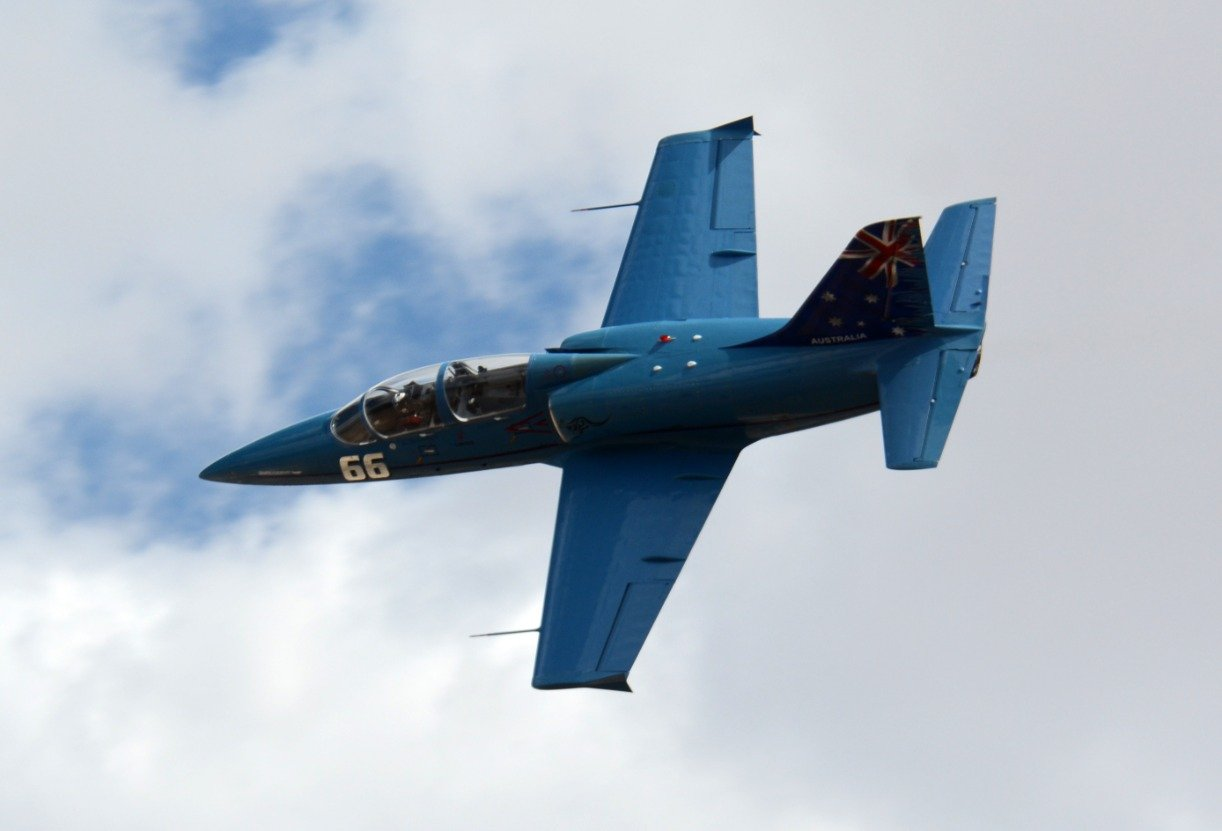Here’s What You Need To Remember: In 2017 forces loyal to the Syrian regime recaptured Ksheesh air base from ISIS. It’s possible some L-39s were still at the base at the time.
Between 2013 and 2017 a small number of L-39 light attack jets at a Syrian air force base east of Aleppo changed hands several times. Syrian rebels captured them from the Syrian air force. Then Islamic State militants seized the planes from the rebels. Finally, forces loyal to the Syrian regime recaptured the L-39s.
But only the regime managed actually to fly the planes, underscoring the inability of irregular forces to operate complex systems such as fighters.
Tom Cooper, an aviation expert and author, recounted the madcap L-39 tale on Facebook in late March 2020. The story began when the insurgent group Syrian Islamic Liberation Front, or SILF, overran Ksheesh airbase east of Aleppo.
The airbase housed squadrons undertaking advanced jet training for the Syrian Arab Air Force, or SyAAF. As many as 64 airframes were still at the base when SILF captured the facility. They included 50 unflyable MiG-15s and MiG-17s plus 14 newer L-39s, eight of which were “more or less intact,” according to Cooper.
The L-39 was and remains a mainstay of the Syrian regime’s air power. The SyAAF purchased 55 L-39ZO and 44 L-39ZA armed trainers from the former Czechoslovakia in the 1970s and ’80s. Both variants have four underwing hardpoints for light bombs or unguided 57-millimeter rockets. The L-39ZA has a twin-barrel, 23-millimeter cannon under the fuselage.
Around 50 L-39s were operational with the SyAAF as of 2011 and quickly switched from training to combat roles. L-39s became prominent for their operations in the Aleppo area starting in the summer of 2012.
The L-39s were dangerous enough to insurgent and militant forces that irregular fighters deliberately targeted the planes on the ground, occasionally sneaking up to air base perimeters in order to fire anti-tank missiles at parked jets.
Now SILF had gotten its hands on some of the L-39s. A retired United Arab Emirates air force colonel named Mohammad Al Abdouli, who had traveled to Syria on his own, helped the insurgents to repair some of the L-39s and add SILF markings.
The restored L-39s “rolled on the runway,” Cooper wrote. “However, they were never flown: the SILF lacked necessary pilots and ground personnel.”
The non-flying insurgent air force didn’t last long. Al Abdouli died fighting in the Raqqa area. Emirat authorities eventually arrested Al Abdouli’s four kids on charges of “supporting terrorism.” Syrian jets pummelled Ksheesh air base, destroying several L-39s. And in 2014, Islamic State fighters overran the base.
The militants like SILF made some effort to restore the base’s L-39s to operational status. But they too “never found suitable personnel,” Cooper noted.
In 2017 forces loyal to the Syrian regime recaptured Ksheesh air base from ISIS. It’s possible some L-39s were still at the base at the time. “What eventually became of these L-39s is unclear,” Cooper explained.
It’s possible, Cooper wrote, that the SyAAF overhauled the surviving planes and returned them to regular service. The Syrian air arm has made a concerted effort to upgrade dozens of surviving L-39s, subsequently deploying them for nighttime air raids
 Eurasia Press & News
Eurasia Press & News


